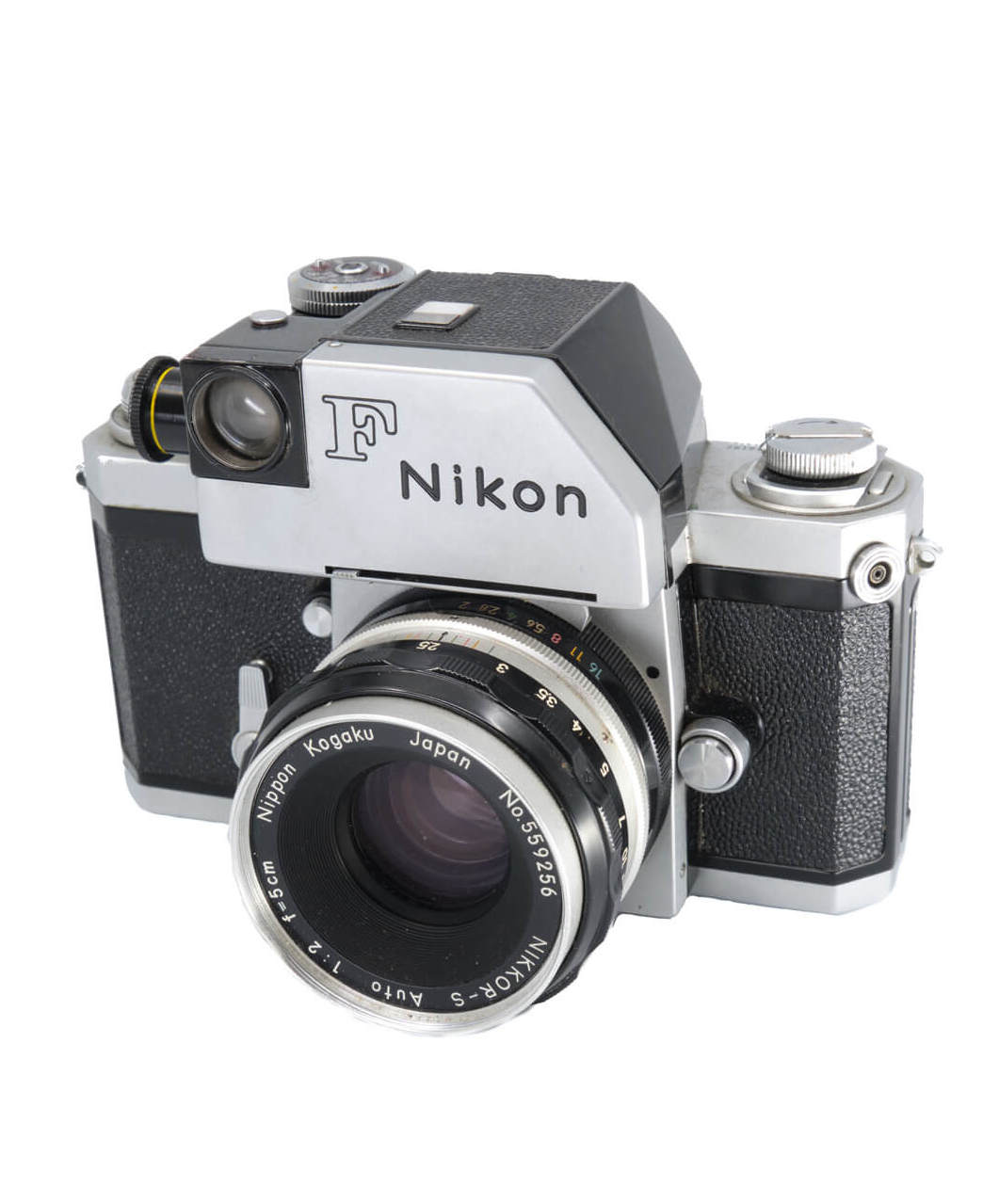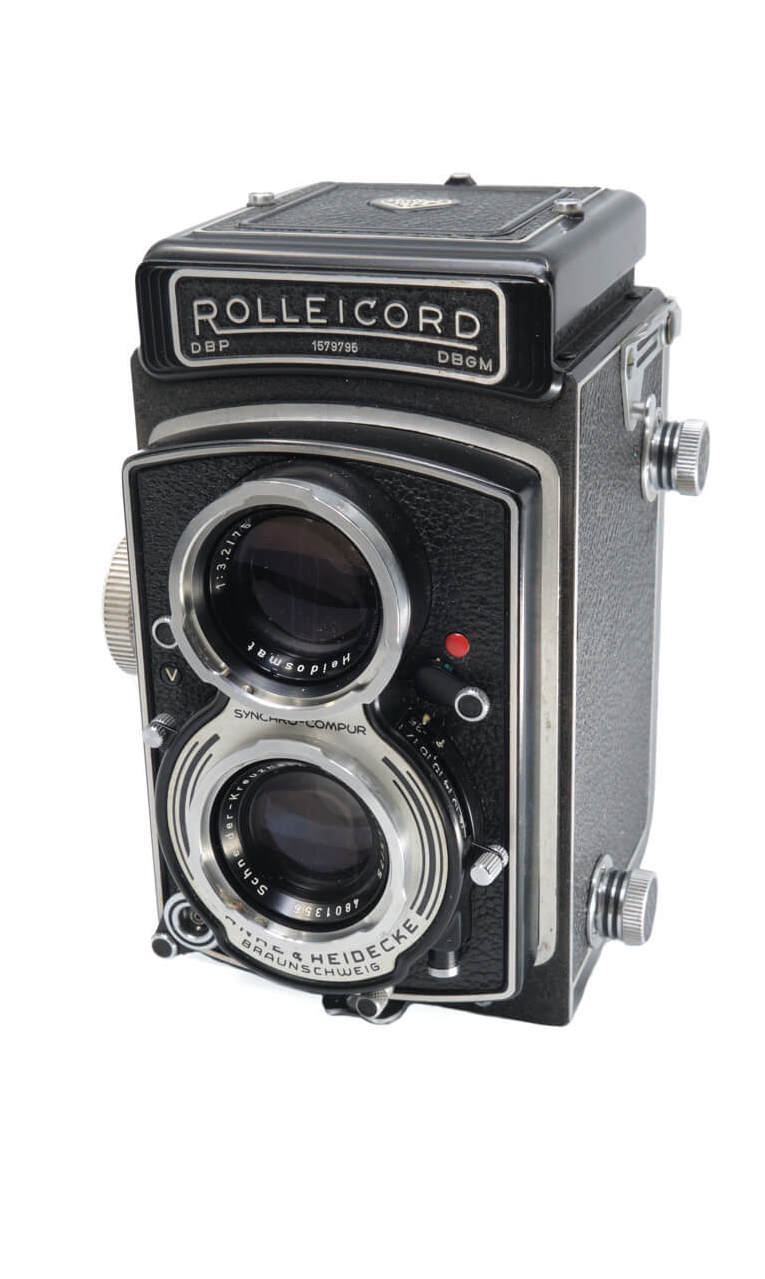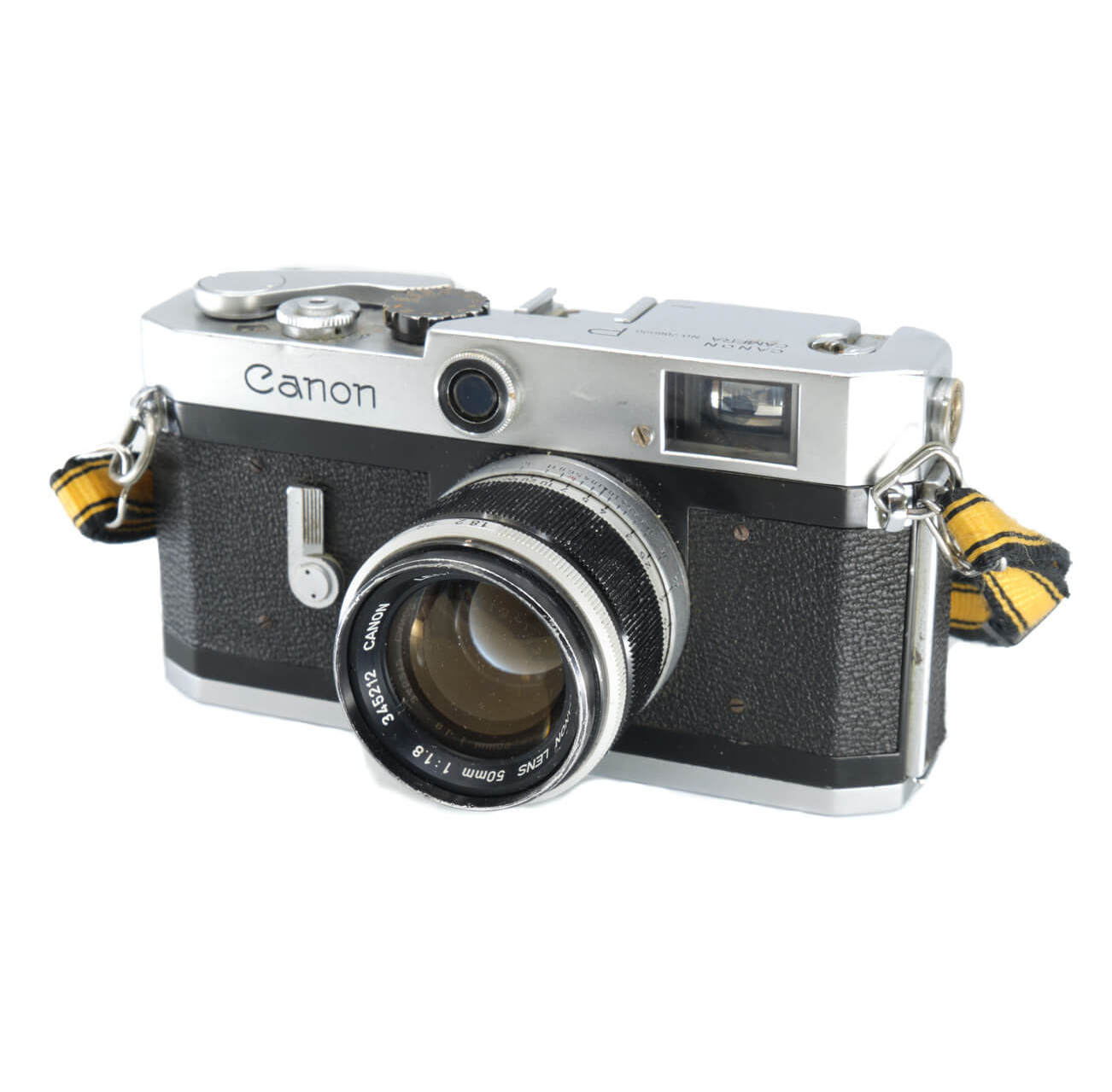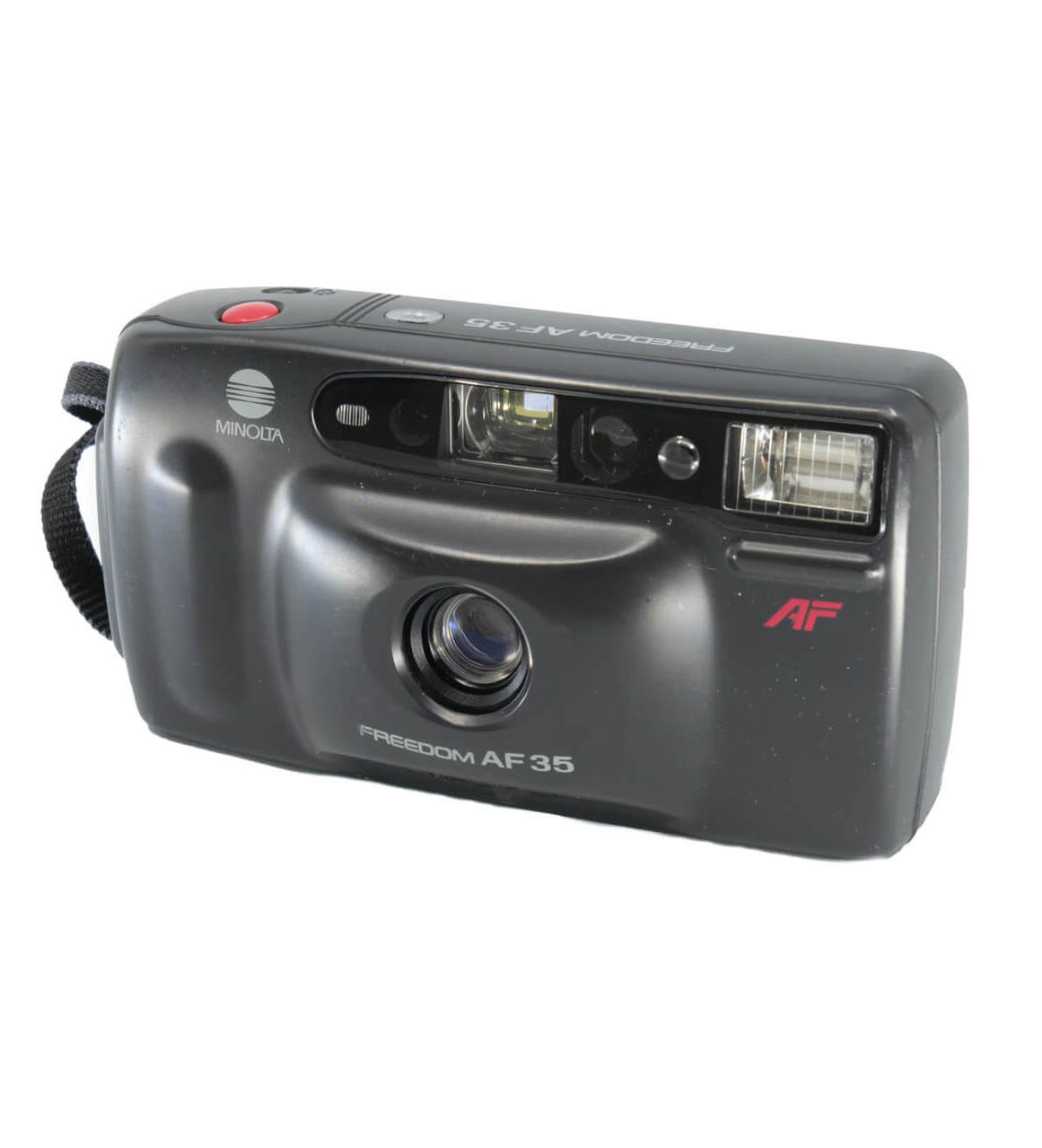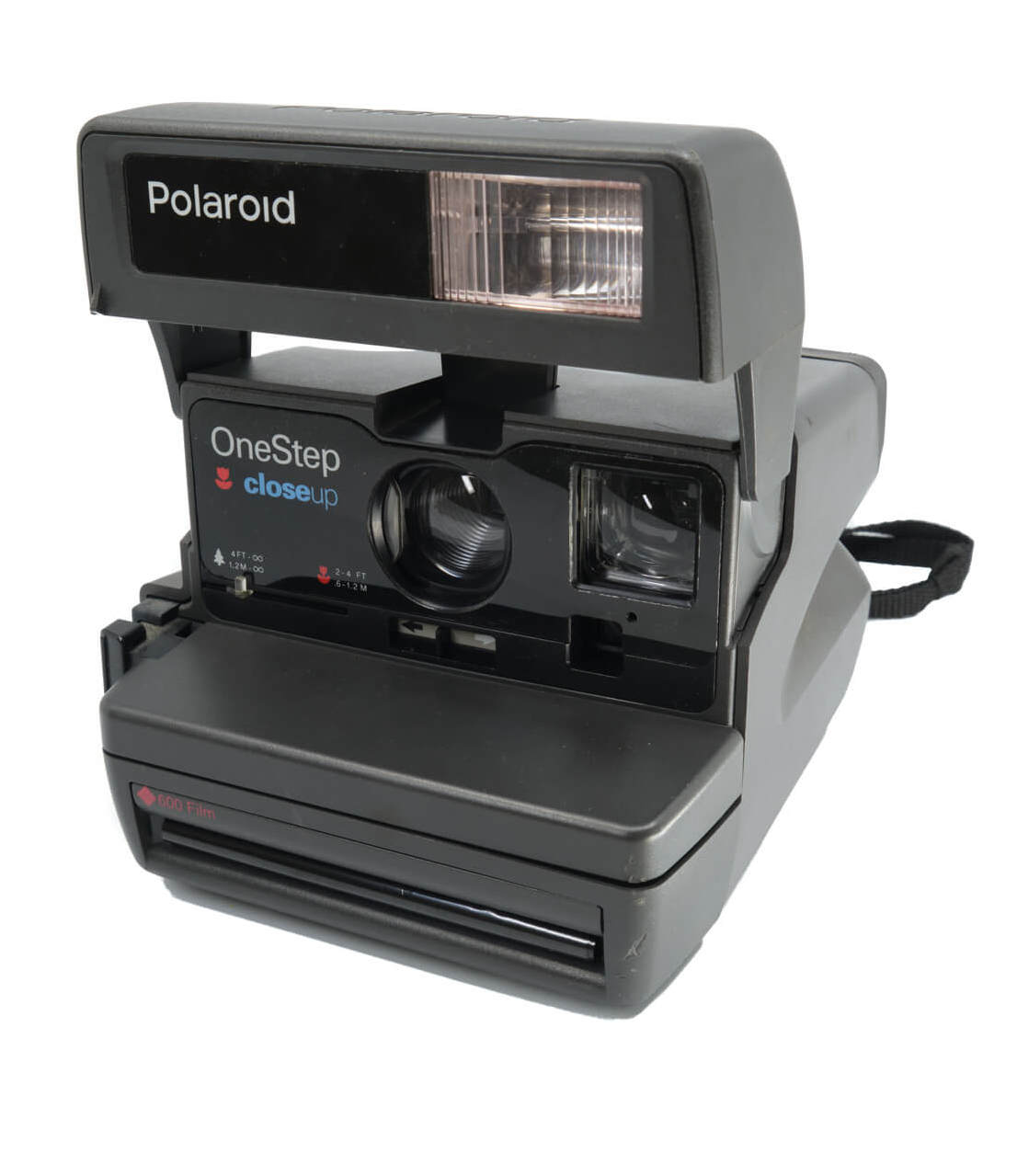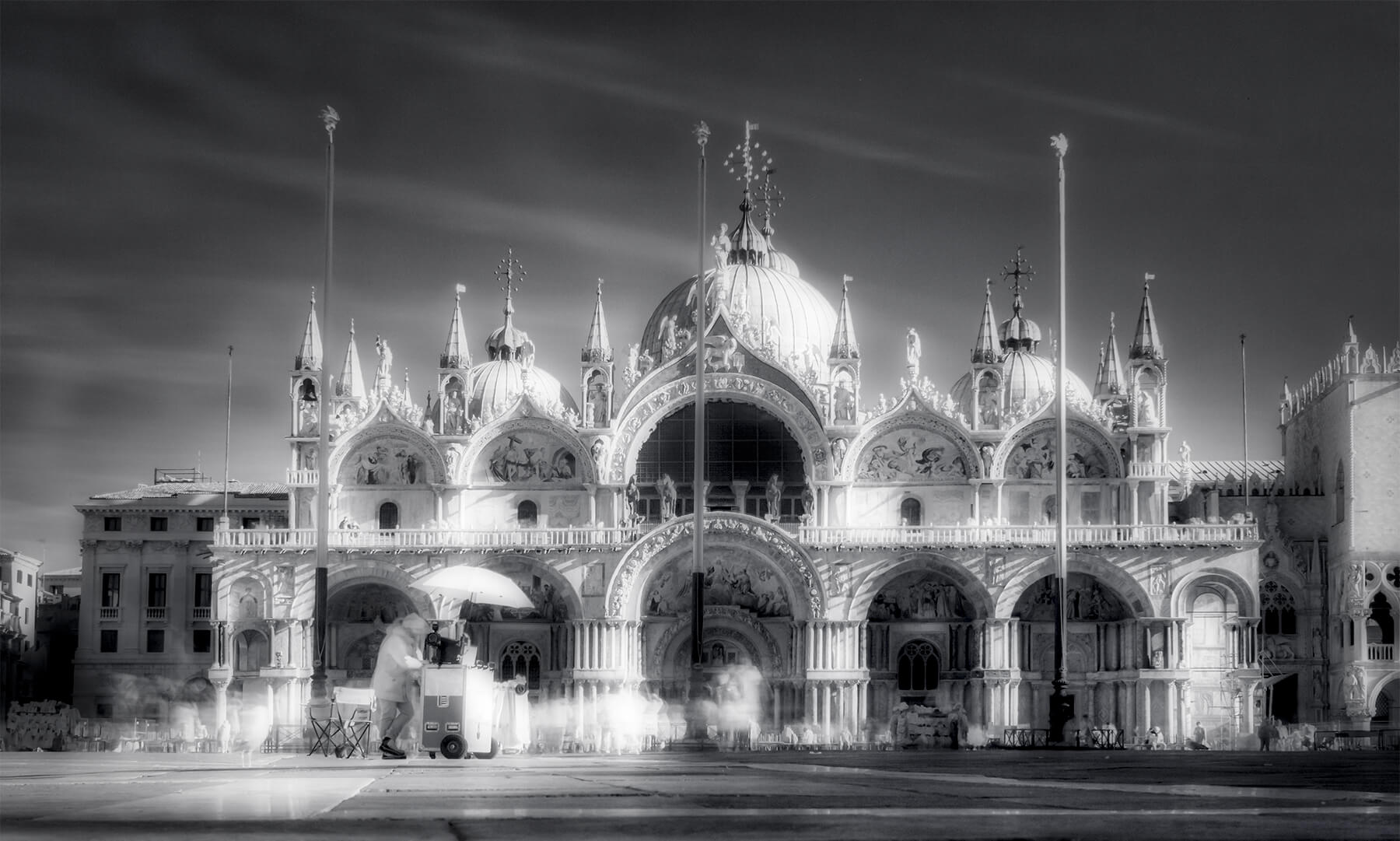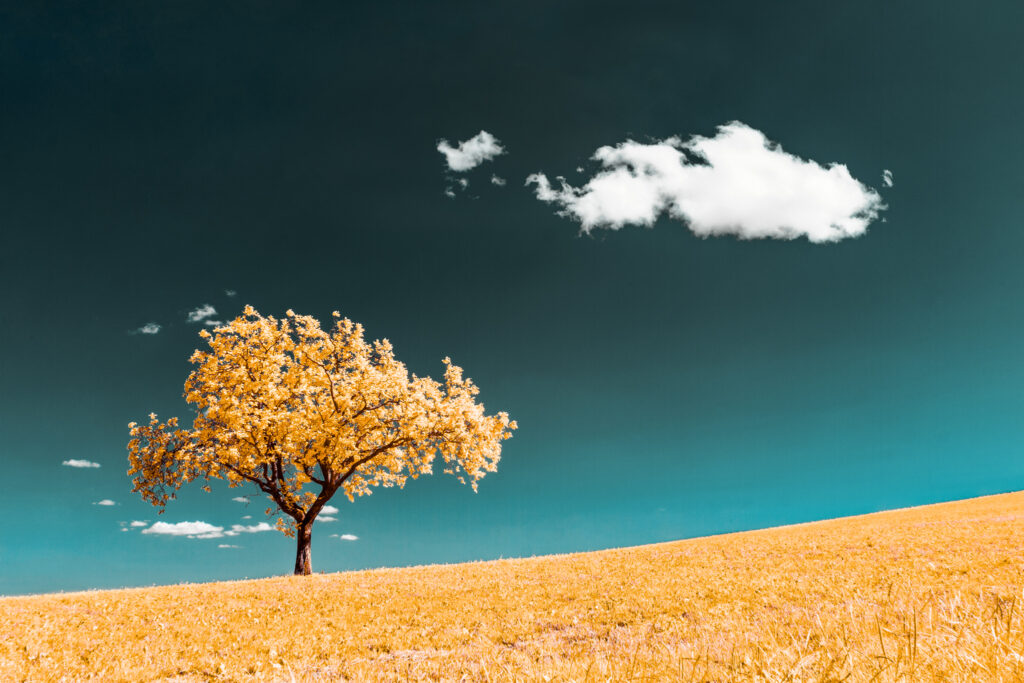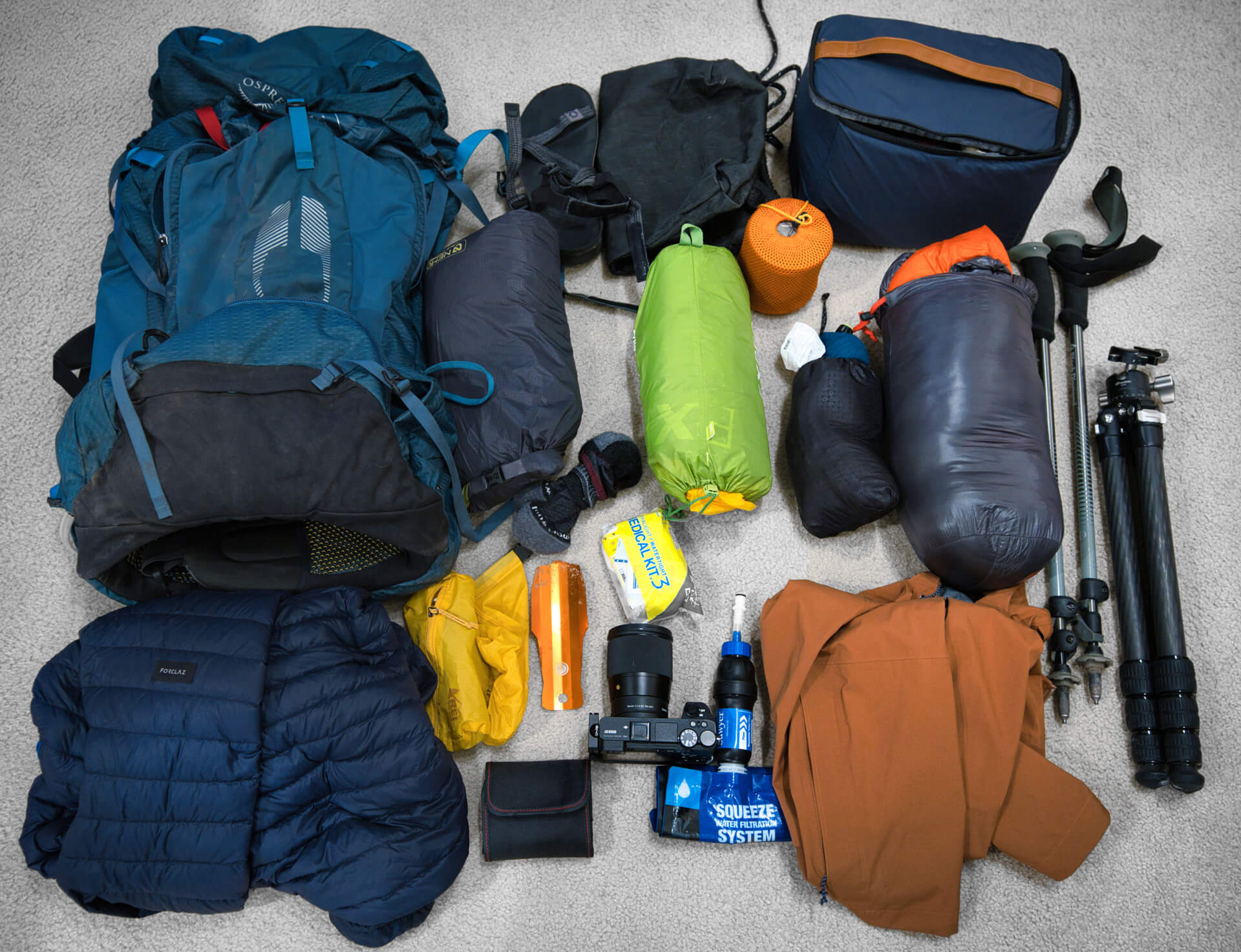Much like digital cameras, film cameras also come in a range of different types. In digital, you can find DSLRs, mirrorless, full frame, medium format, crop sensor, point-and-shoot, and so on. Similarly, film cameras come in a wide selection. We’ve already covered the different format sizes of film cameras still available today. This article will dive into the other types of camera systems you can find today.
SLR
A single-lens reflex (SLR) camera uses only one lens. An SLR uses a prism and mirror system. When light passes through the lens of an SLR, it reflects onto a prism that reflects it into the viewfinder to display an image. A prism and mirror system within the camera allows the photographer to both view and capture the image using the same lens. When you press the shutter, the mirror flips up out of the way to allow the film to be exposed. This means the viewfinder will go dark while the mirror is up.
SLRs have through-the-lens viewing, which means that what you see in the viewfinder is exactly what you’ll get. You’re probably familiar with DSLRs, aka digital SLRs. DSLRs have the same fundamental prism and mirror system as an analog SLR, but they offer features only possible on a digital camera, such as EVFs, digital information displays, video and photo capabilities, and much more. SLRs are the most popular type of film camera today.
TLR
Unlike SLR cameras, twin-lens reflex (TLR) cameras have two lenses, both with the same focal length. One lens is the viewfinder, while the other takes the photo. Both lenses are fixed onto the camera’s front panel and thus move in unison while focusing. TLR cameras boast waist-level viewing and showcase the scene as a mirrored image on the screen. The viewfinder exhibits the right side of the scene on the left side of the screen and vice versa. Don’t worry, though; your image will not come out backward. This is just the viewing lens reflecting the image onto a 45-degree mirror inside the camera so you can see what’s in the frame while looking down into the camera.
Speaking of framing, the main problem with TLRs is that they encounter Parallax Error. Because the camera uses two different lenses for viewing and image capturing, what you see is not going to be 100% accurate. Particularly with subjects close to the camera, they will not be framed exactly as you see them. Most TLR cameras show a bar at the top of the viewfinder to show where the top of the film frame is. TLR cameras are almost always medium format and usually create 6×6 images on 120 film.
Rangefinder
The original mirrorless cameras, rangefinders are similar to SLRs but have a different focusing method that doesn’t require a mirror. If you’re familiar with Leica cameras, you’re probably already acquainted with how rangefinders work. Rangefinder cameras use a dual-image rangefinding mechanism to aid in focusing by exhibiting two superimposed images that line up when the image is in perfect focus. Much like disposable cameras, you never see through the lens of a rangefinder but rather a viewfinder that is entirely disconnected from what the lens is viewing. Quality rangefinders have three windows: the focus and composition window on the top right, a window on the left to create the other superimposed image used to find the proper focus, and a window in the middle just off to the right above the lens to collect light for brighter frame lines.
Just like with digital mirrorless cameras, rangefinders are smaller and lighter than SLRs as they don’t have to bear the weight of different mirrors and prisms and focusing screens. However, you never know quite what you’re getting because the viewfinder is so far off from the lens. This isn’t as big an issue with digital as you can experiment loads to get the proper framing. With film, however, every frame counts, and most photographers aren’t going to be keen to shoot a whole roll of expensive film and wait for it to get developed, all just to find out your framing was way off.
*Note that some SLRs have a split-image rangefinder focusing system. These cameras are not considered “true” rangefinder cameras as the rangefinder mechanism here is created differently than the dual-image rangefinder. Split-image shows two semi-circles in the center of the viewfinder that split a section of the image horizontally. By looking at a vertical line on your subject, you can bring the image into focus by aligning the vertical line between the two semi-circles.
Point-and-Shoot
Point-and-shoot cameras generally aren’t the go-to choice for most professional photographers, even digital ones. But they can be a great, compact way to capture quick snapshots without having to put much thought into your settings. They are perfect for day trips as they’re small and easy to toss in your bag without taking up too much space. Point-and-shoots come with a fixed lens and usually a built-in flash. There are little to no settings to fuss with – the camera does it all for you. Most photographers might associate point-and-shoots with cringey childhood photos, but with an eye for light and composition, you can capture some truly remarkable moments on these cameras.
Instant
Everyone, even the youngest generations, is familiar with instant cameras, most notably Polaroid cameras. Instant cameras are essentially point-and-shoot cameras that use and print self-developing film for an (almost) instant image. These images usually take a few minutes to fully develop. Instant film comes in different sizes and ratios, and the specific camera type will determine which can be used. Polaroid has taken us all on quite a rollercoaster ride over the past several years, from Polaroid to the Impossible Project to Polaroid Originals and now back to Polaroid. Instant cameras and film are still manufactured today with new designs geared towards the current younger generations. Polaroid is still the most popular company, with Fujifilm coming in at a close second with the popularity of their Instax Mini cameras. Canon and Lomography are also producing instant cameras.
As you can see, many different types of film cameras are available today, each with its advantages and disadvantages. If you shoot film, which of these cameras is your favorite to pick up? Are there any other ones you’re not used to that you want to give a go? Let us know in the comments, and share some of your favorite images you’ve taken and which type of camera it was on!
Check out our Education section for more photography tips and articles, and be sure to sign up for our newsletter to stay up to date on new releases.
